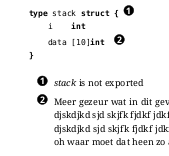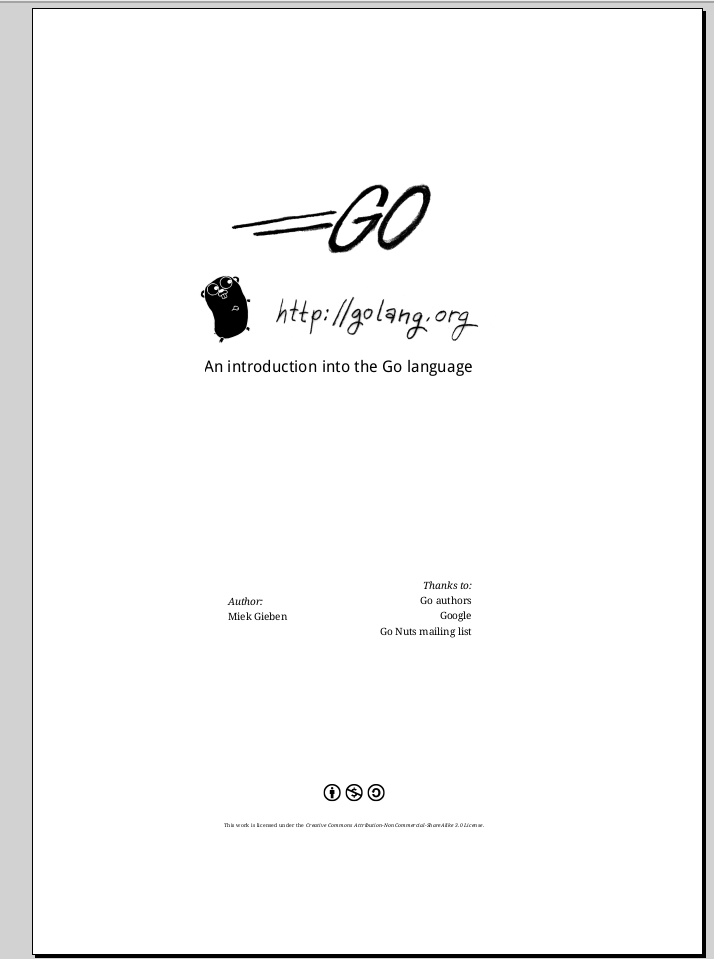@sidn heh, at least it isn’t DNSSEC related
Tue Nov 30 14:12:25 +0000 2010
Replying to @bdekruijff
goede verhalen vertel je het beste in de kroeg! Wanneer?
Tue Nov 30 19:36:54 +0000 2010
@BartVroom @bdekruijff vrijdag it is. 8 uur? Haantje?
Tue Nov 30 20:17:40 +0000 2010
Where is the 10" Android \(3\.0?\) based tablet. Hurry #google. I want to spend money \(not to much though\)
 , Go
and Vim.
, Go
and Vim.
